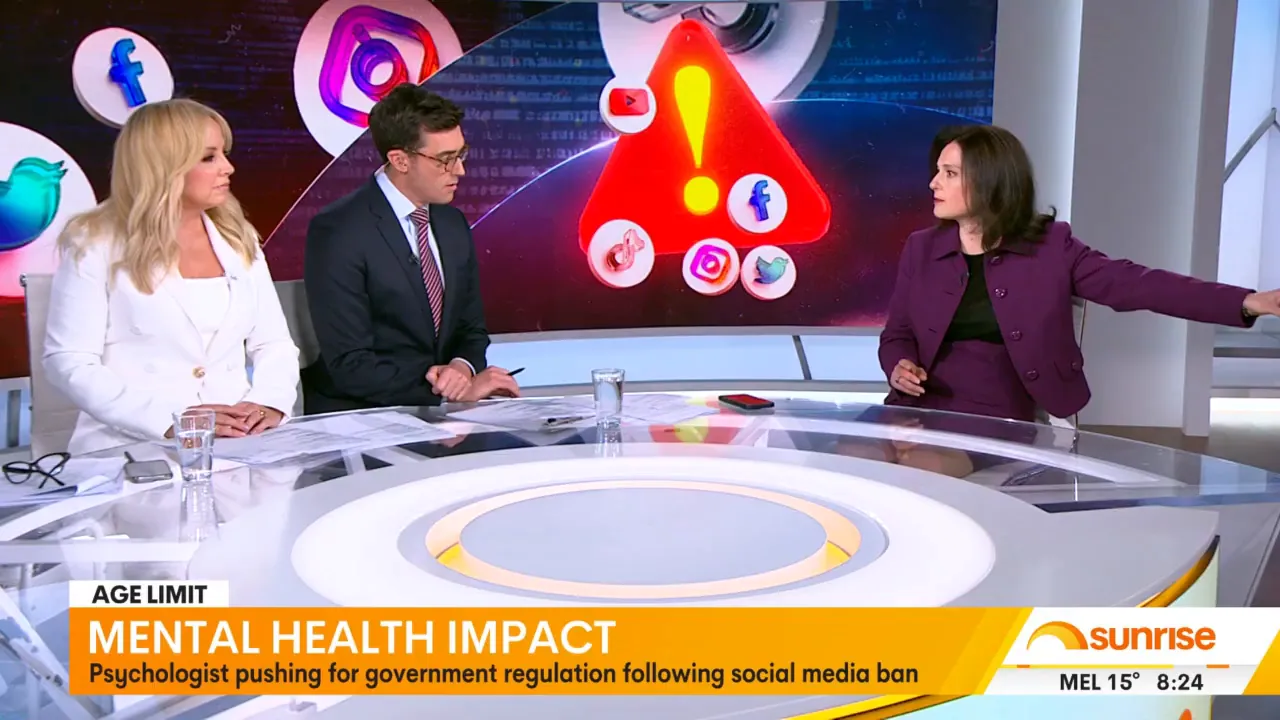Canberra Gets the Green Light to Ban Kids from Social Media
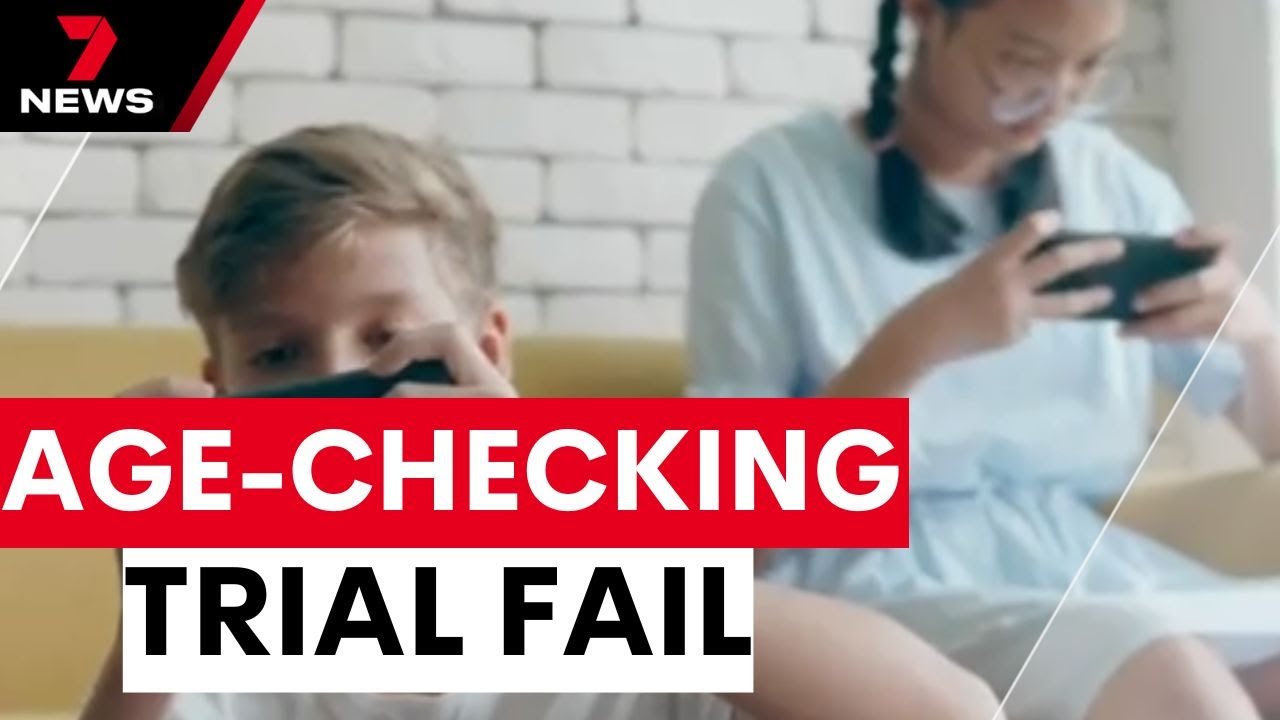
Australia has taken a pioneering step in digital regulation by moving forward with legislation to ban social media use among children under sixteen. This groundbreaking move aims to protect young people from the potential harms of early and unsupervised social media exposure. However, the success of this initiative hinges not only on technological enforcement but also on addressing the deeper issue of screen addiction.
Table of Contents
- The Social Media Age Ban: A World-First Initiative
- Challenges with Age Verification Technology
- Addressing the Root Cause: Screen Addiction
- What Can Parents Do Right Now?
- Conclusion
- Frequently Asked Questions (FAQ)
The Social Media Age Ban: A World-First Initiative
After a six-month trial period testing the technology designed to verify users’ ages, preliminary findings suggest that the tools are robust and effective. Despite this, some experts remain skeptical. Conflicting evidence has revealed cases where children as young as fifteen were repeatedly misidentified as adults in their twenties or even thirties. This has led some authorities to question whether the ban is feasible in practice.
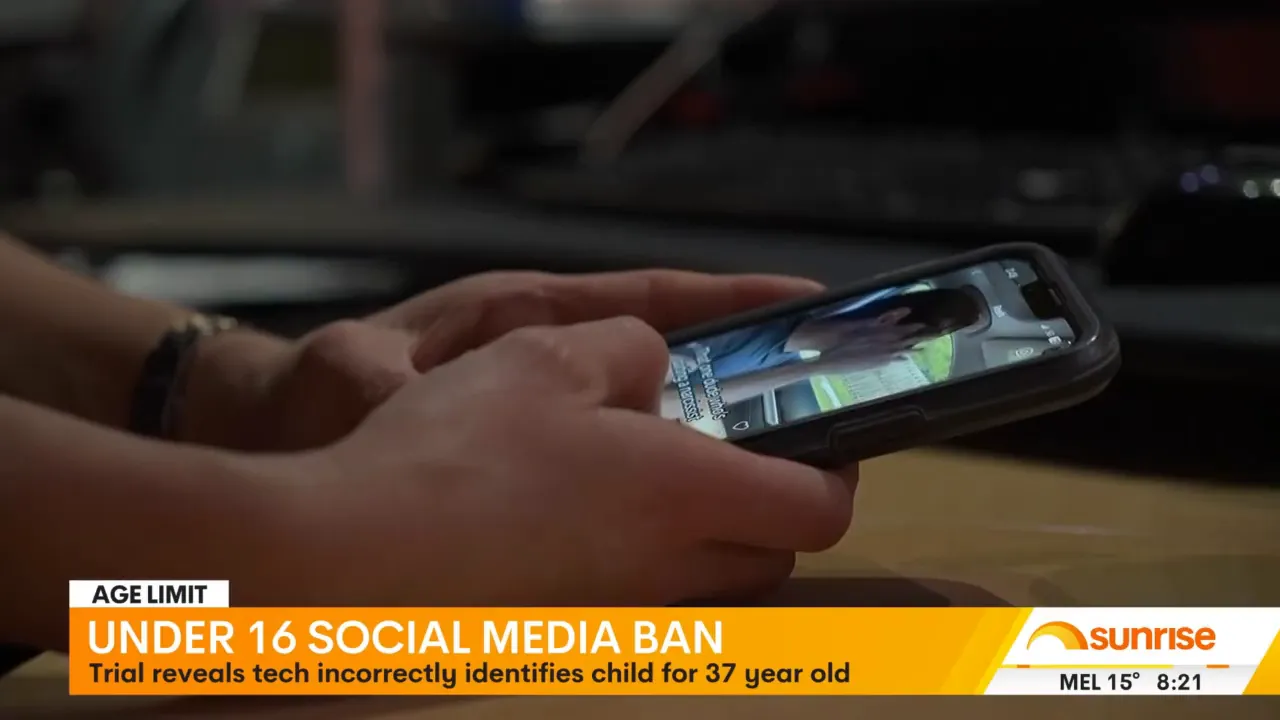
Clinical psychologist Dr. Danielle Einstein, who helped shape this landmark legislation, offers a different perspective. She calls the initiative a “tremendous success” and emphasizes that Australia is leading the world in raising awareness about tech use among young people.
“We are leading the world, and we should be really proud of that. Our government should be really proud of it.”
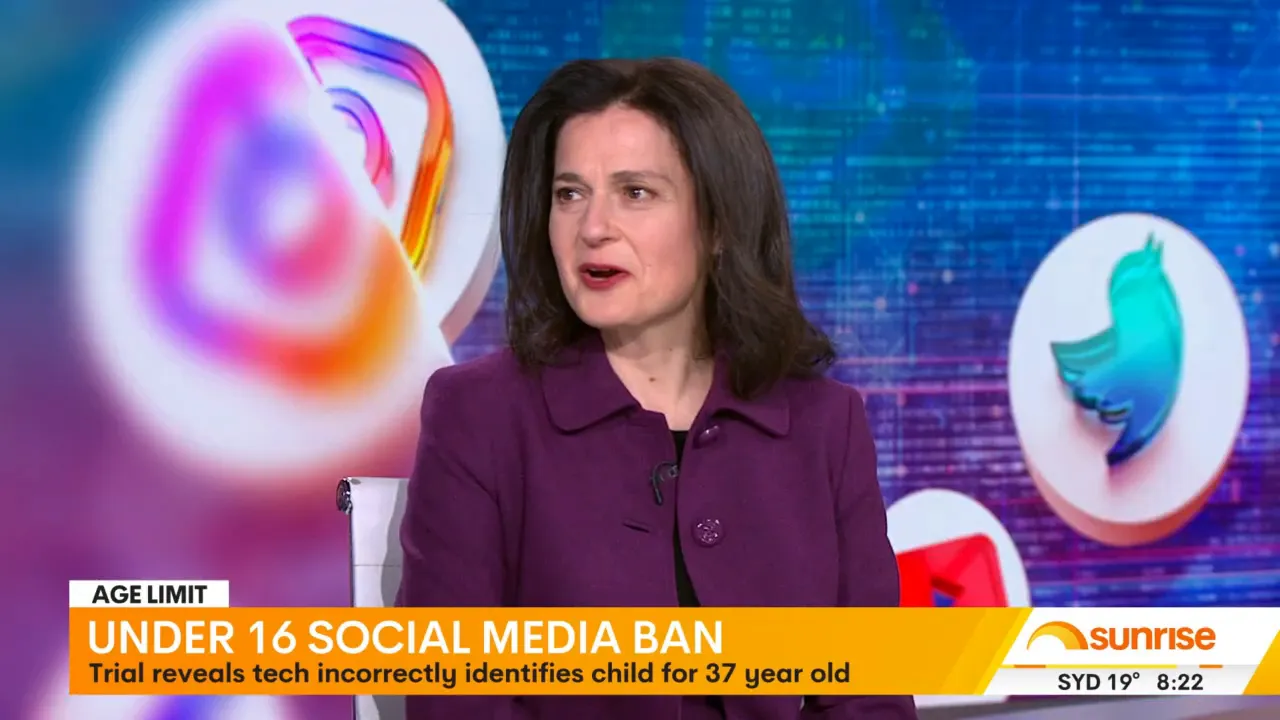
Dr. Einstein points to international movements reflecting similar concerns, such as New York’s bell-to-bell school ban on personal devices and Spain’s pediatric guidelines recommending no tech use for children aged zero to six except under supervision. These examples highlight a growing global shift in how societies view technology and children’s health.
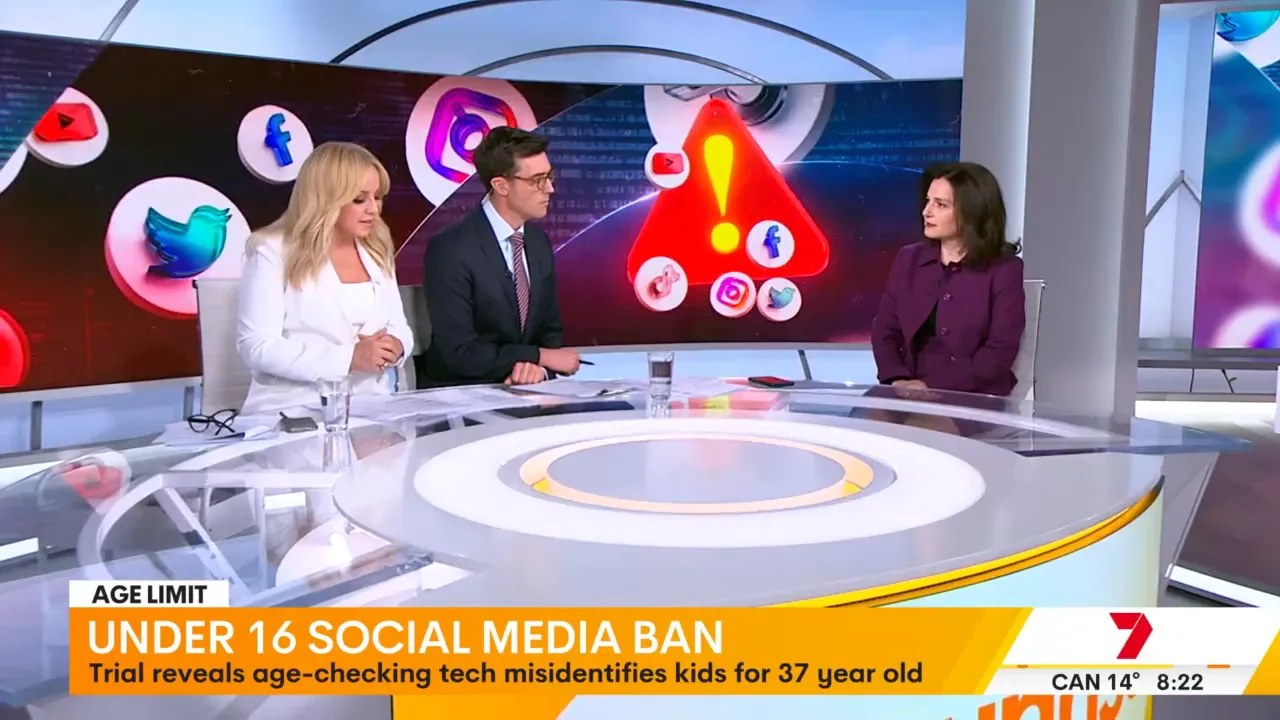
Challenges with Age Verification Technology
While the age verification tools show promise, they are not yet perfect. Misidentification of teenagers as adults raises concerns about the accuracy and fairness of enforcement. This technological hurdle means there is still work to be done to ensure the system is reliable and protects the intended age groups without unintended consequences.
Addressing the Root Cause: Screen Addiction
Dr. Einstein stresses that the social media ban alone will not succeed unless the underlying issue of screen addiction is tackled head-on. She advocates for a multi-pronged approach that extends beyond legislation.
Key recommendations include:
- Integrating tech use inquiries into mental health screenings: Doctors and psychologists should routinely ask patients about their technology use when assessing mental health conditions such as anxiety and depression. This should become a normal part of clinical conversations, much like suicide screenings are today.
- Launching a public health campaign: There is a pressing need for a comprehensive public communication strategy to educate people about the addictive nature of technology. Dr. Einstein highlights that no one wants to be exploited by tech platforms, and awareness is the first step towards change.
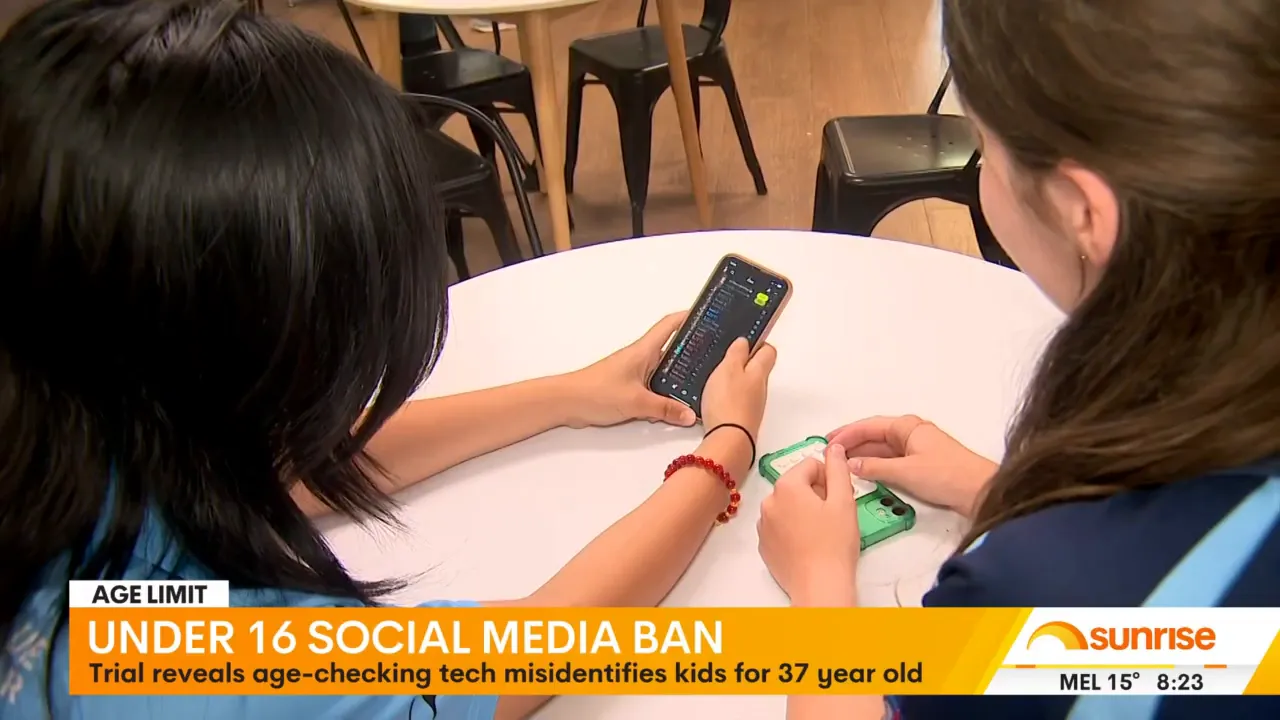
She acknowledges that public campaigns alone are insufficient unless supported by face-to-face influence and deeper engagement with communities, rather than relying solely on screening advertisements.
What Can Parents Do Right Now?
While governments work on policies and public campaigns, parents play a crucial role in shaping healthy tech habits for their children. Dr. Einstein advises that the most effective tool parents have is modeling behavior.
Some practical tips for parents include:
- Being mindful of their own phone use, especially during family time like meals.
- Avoiding using phones as a tool for distraction or defusing conflicts, such as picking up the phone to interrupt an argument.
- Setting clear boundaries by keeping phones in another room to reduce temptation.
- Carefully considering the age at which devices are introduced into the home.
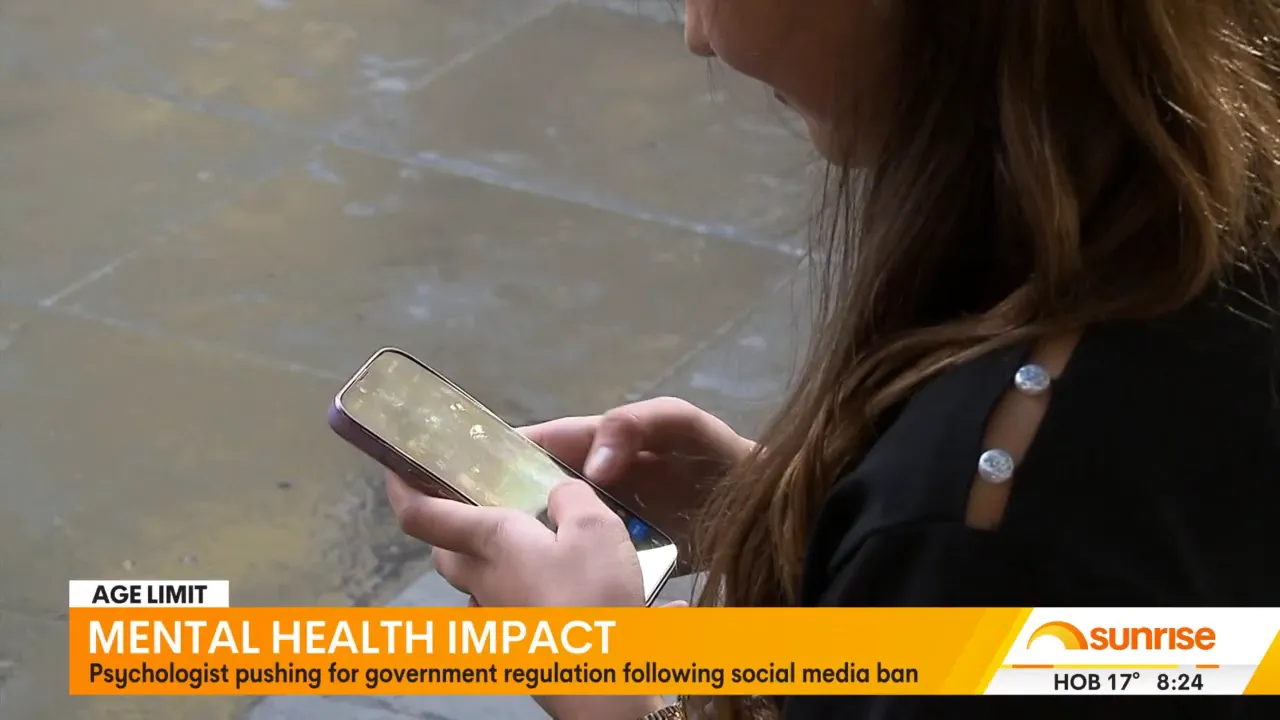
Dr. Einstein believes that with increased awareness through public campaigns, both students and parents will come to recognize that excessive or unsupervised tech use is detrimental rather than beneficial to children’s wellbeing.
Conclusion
Australia’s move to ban social media for children under sixteen is a bold and world-leading step towards protecting young people in the digital age. While technological challenges remain, the initiative has sparked important conversations on screen time, mental health, and digital wellbeing. Success will depend on a broader strategy that includes healthcare integration, public education, and active parental involvement.
By fostering a culture that questions and manages technology use responsibly, Australia can set a global example for healthy digital habits for future generations.
Frequently Asked Questions (FAQ)
Why is Australia banning social media for children under sixteen?
The ban aims to protect children from the potential negative effects of early and unsupervised social media use, including mental health issues and screen addiction.
How effective is the age verification technology?
Preliminary trials show the tools are robust, but some children as young as fifteen have been misidentified as adults. Improvements are needed for greater accuracy.
What role do healthcare professionals have in this initiative?
Doctors and psychologists are encouraged to routinely ask about patients’ technology use during mental health assessments to better identify and manage screen addiction.
What can parents do to help their children manage screen time?
Parents can model healthy tech habits, set boundaries around device use, and carefully consider when to introduce devices in the home.
Are there similar policies internationally?
Yes, places like New York have school bans on personal devices, and Spain has pediatric guidelines limiting tech use for very young children, reflecting a global shift in attitudes toward technology and child health.
